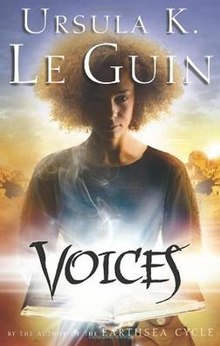Finally, we’ve come to the point with this anthology that we have both the pre-order link and the cover to share! Our reveal party for the cover happened yesterday and went very well. Now, myself and the other authors in the anthology are sharing the cover, blurb, and information on our sites so you all can find it easily!
So, to begin with, what is this anthology? It’s a collection of nine stories from nine authors, and the theme Joanna White and I gave everyone was history with a fantastical twist. We definitely got that! With stories ranging from Victorian England to Ancient Rome and Arthur, we’ve got stories with a fantastical twist to share with you all now! The best part? We wrote and organized this anthology as a way to raise money to donate to Feed My Starving Children, a charitable organization that uses donations and the time of their volunteers to pack and ship meals around the world to feed starving children for a year. Isn’t that great?
If you want to know more about the organization, you can check them out here. I’ve been to the location near me twice to help pack the food. It’s a great activity, especially if you want to take the whole family to do something. Be prepared to work hard, but it was a lot of fun and a great team building exercise for the groups I went with while also allowing us to be involved in helping feed these kids who would otherwise go hungry.
And now, the cover! This cover was created by illustrator_aesthetics (Anne Zedwick). You can see her blog and her Fiverr here if you’re interested in having her do cover art for you as well! She also does things like logo design, product branding, and more.

Blurb:
We know the stories from history we’ve heard since childhood, but what if, behind the tales, there were magical secrets desperate to be revealed?
Pompeii was a tragedy the world will never forget, but what really caused the volcanic eruption that ended it all? Why was the great sword Excalibur really destroyed? The rolling hills of Victorian England seem peaceful enough, but what secrets really lurk there?
And would it surprise you that there are darker secrets in Ancient Rome than people ever dreamed? If the Great Fog of London isn’t what it seems? You think you know Harry Houdini, but do you know the man behind all the tricks?
And what if the mystery of Roanoke runs deeper than you could ever imagine? Could Ireland’s potato famine really be caused by a mage gone mad? What if a ghost ship off the coast of England was more than a phantom?
If you like fantasy and history, then you’ll love this collection of nine fantastical stories. Buy Glimpses of Time and Magic now to find out what secrets really lurk behind the stories we’ve all been told.
Besides Buying a Copy, How Can You Help?
We need reviewers who will follow through on their word and review the book between July 14th and July 28th. If you’re a fan of historical fantasy and can promise a review, we’d like to have you in our ARC group! We’re not requiring much. Just your email so we can keep in touch closer to the review date. The author you sign up through (me, if you’re signing up on my blog) will get in touch with a friendly reminder about submitting reviews just before the first day when we’ll have the paperback live for reviews to be submitted. They will also follow up with you a few days after the 28th (to give reviews posted last minute time to process on Amazon) to check in if your review isn’t posted.
If you do sign up, please note that we’re not questioning your integrity if a review isn’t posted by July 28th. I’ve had issues with customers posting reviews on Amazon’s Australian website, say, and I’m not able to see them because I use Amazon.com for the US. Stupid? Yes, yes, it is. But with the issues I’ve had, let’s just put it this way… If I can’t see the review, I’m not assuming you didn’t post it. I’m just looking to see what happened in case there was an issue with posting that I need to hound Amazon about. (I still haven’t sorted out the issues with other books’ reviews not showing on all sites, but it doesn’t hurt to try.) Point is, if you don’t provide us with a link to the review after it’s posted and we’re not seeing it by end of July, we’re going to ask just to make sure everyone’s on the same page.
As such, if you’re interested in helping out with this, please get in touch! I can direct you to the form to fill out to join, give you more info if you like, and verify that I’m sending the book to the most convenient email address. You can contact me at arielpaiement@gmail.com. I’m friendly, and I love talking to new people, so don’t be shy! Get in touch if you want a review copy of Glimpses of Time and Magic. We’ll talk over it and get you signed up! 🙂





